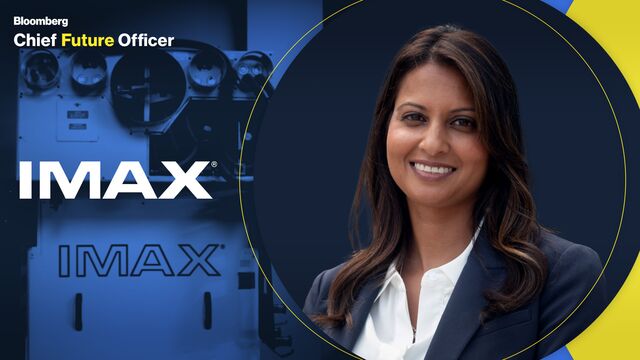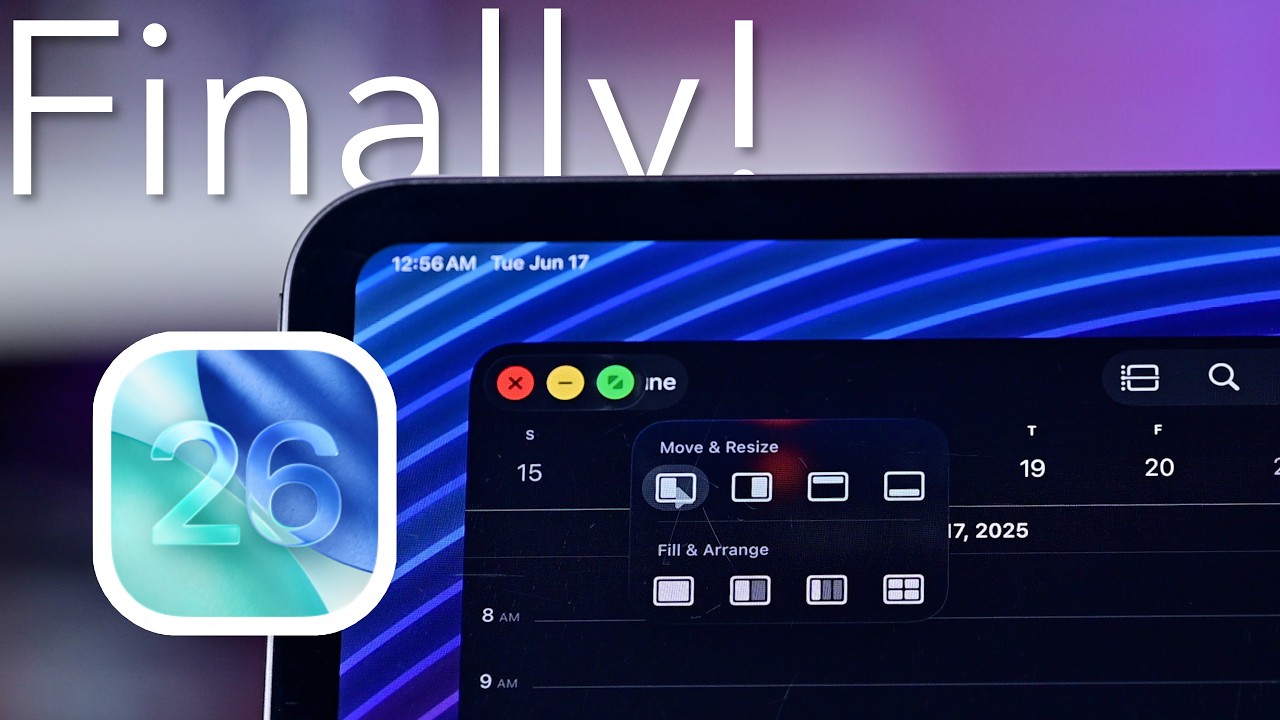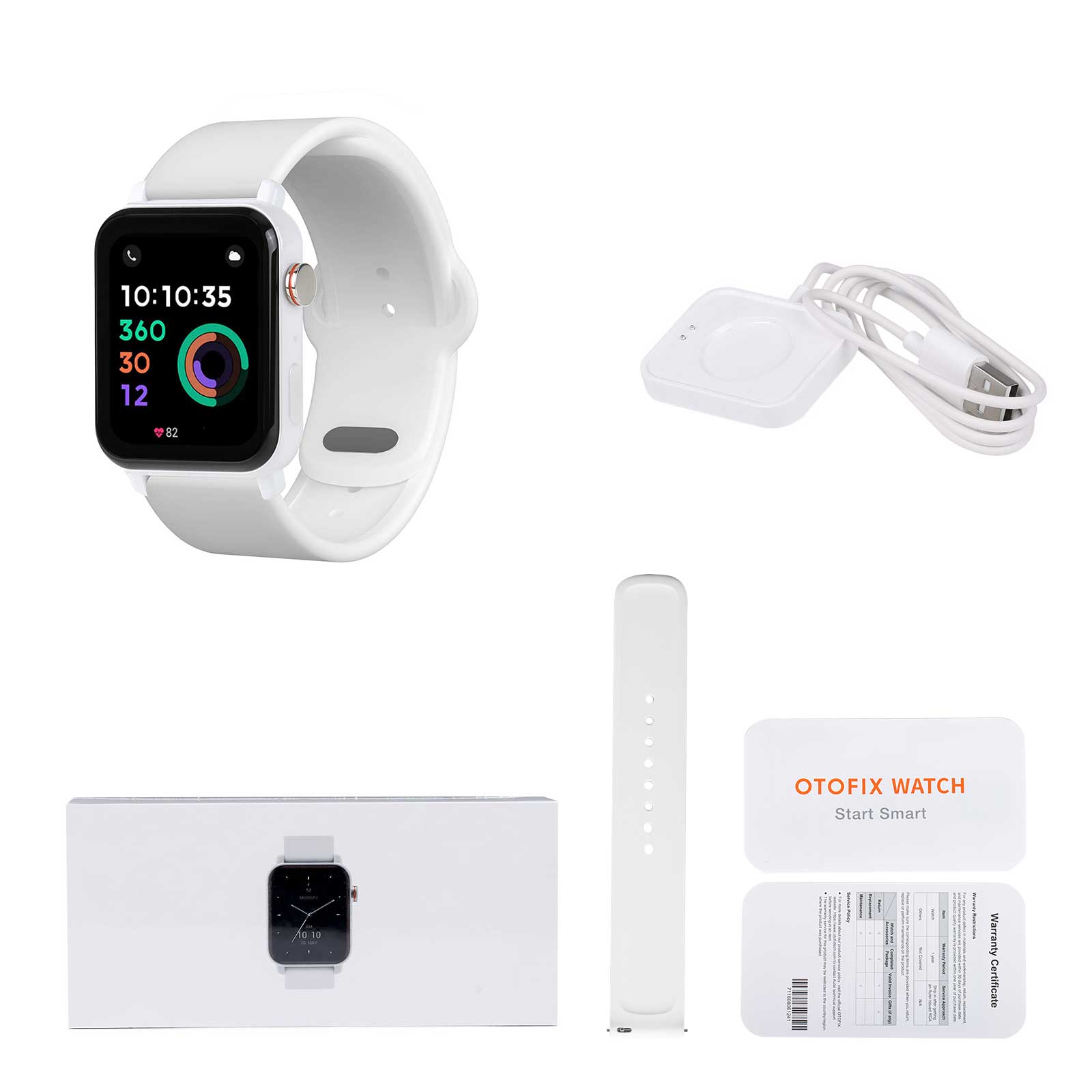DSLR camera.
This is where the utility of cloud storage services comes into effect. These platforms enable you to effortlessly save your images in the cloud, where they are protected and have a notably reduced chance of being lost. Cloud storage services are also quite user-friendly, featuring mobile applications with integrated automatic backup functionalities, and generally provide limited or limitless storage for no charge. But which cloud storage applications are the most appropriate? Consumer Reports, recognized for delivering reliable and impartial insights about products and services, has disclosed its suggestions for the finest cloud storage services after assessing several of the most favored options for everyday users. Here are the top five selections.










